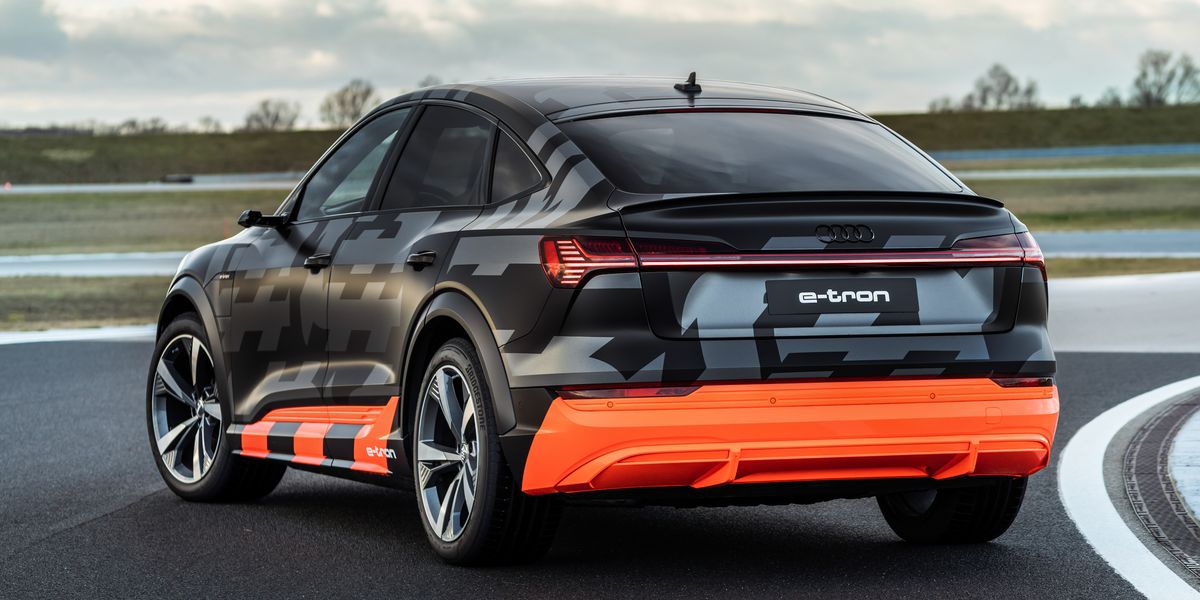After reading an article from Car and Driver on the Taycan's transmission, it looks very innovative and miles better in all aspects including range, performance, top speed, and efficiency when compared to 1 speed EV's. When Lexus does make an all-electric vehicle or a HFCEV, I think a two speed would be the optimal transmission. Your idea of combining 2 eCVTS' sounds promising, but I don't know the science behind that or if it would actually work. As for whether the Taycan's transmission would make sense for a PHEV or HEV, I get a feeling that it was really only designed for EV's. All I can really say is that just like Lexus's eCVt cars, the two speed would create a very annoying drone sound when overtaking on the highway, or when being revved up to redline, (in cars with a gas motor). If Lexus puts an eCVT, 2 speed, CVT, etc, in any future performance-oriented ICE car, (wink, wink, nudge, nudge, NX 450h+) It's going to be an instant turn off for me.
Heres that Car and Driver Article:
Most electric cars have a single-speed direct-drive gearbox, but the Taycan's rear axle uses a two-speed setup for improved acceleration and range.

www.caranddriver.com




